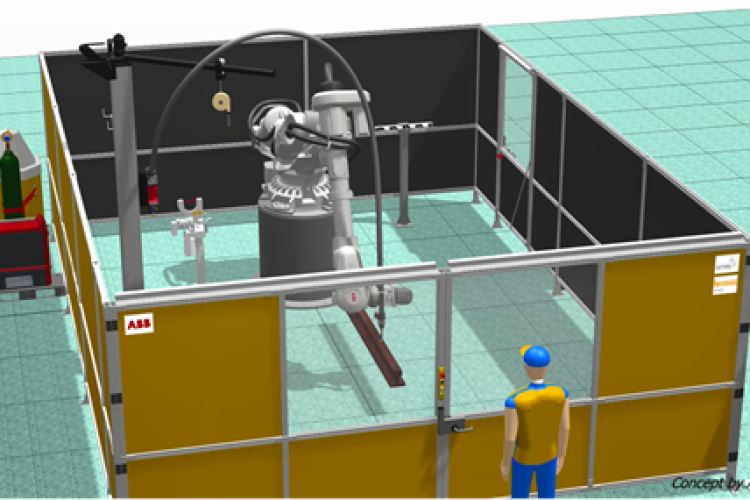The construction company estimates that the innovation could save more than £40m a year for the UK rail network as well as remove workers from risk of harm.
It is also claimed that this would be quicker than traditional rail replacement, meaning les disruption to passengers.
Amey has been working with engineering giant ABB to develop concepts.
Amey’s vision is revealed by its rail innovation manager, Simon Grundy, on the company’s website. He writes: “3D printing is one of the most disruptive technologies in the world today. Yet many think it remains a distant dream for large-scale engineering projects, restricted for highly-intricate components such as those used in the medical industry. The reality is that 3D printing for large-scale infrastructure is available today. Many organisations have been exploring its use with various materials from concreates to metals, polymers to fibre embedded materials.

“At Amey, we’re exploring the use of 3D printing in the rail sector, beginning with track renewals. 3D printing will fundamentally change how we conduct track renewals, with the most immediate and critical benefit being safety. 3D printing will remove our people from harm, as renewals previously done by manually removing track, will now be done automatically, in situ using robotics. Not only will this dramatically reduce accidents, the same staff will be upskilled to operate this new technology, futureproofing our workforce. Passengers will benefit too, as shorter refurbishment times will see a reduced need for track closures.”
He continues: “It is estimated over 60% of rail could be refurbished using 3D printing, especially if supported by innovations like ballast undercutters for ballast renewals. The main advantage is the reduction in time required, enabling smaller sections to be refurbished in smaller windows, ensuring the rail is open for longer. In the future, light refurbishment could be conducted on a regular basis, changing the business model entirely.”
And concludes: “This is a challenge unlike any other, yet confidence is growing at a staggering rate as this technology becomes understood and realisation dawns that the components needed, exist today. We are at the cusp of disrupting the sector unprecedently. The question now remains: is the rail sector ready to come together and rock the status quo?”
Got a story? Email news@theconstructionindex.co.uk
.png)


